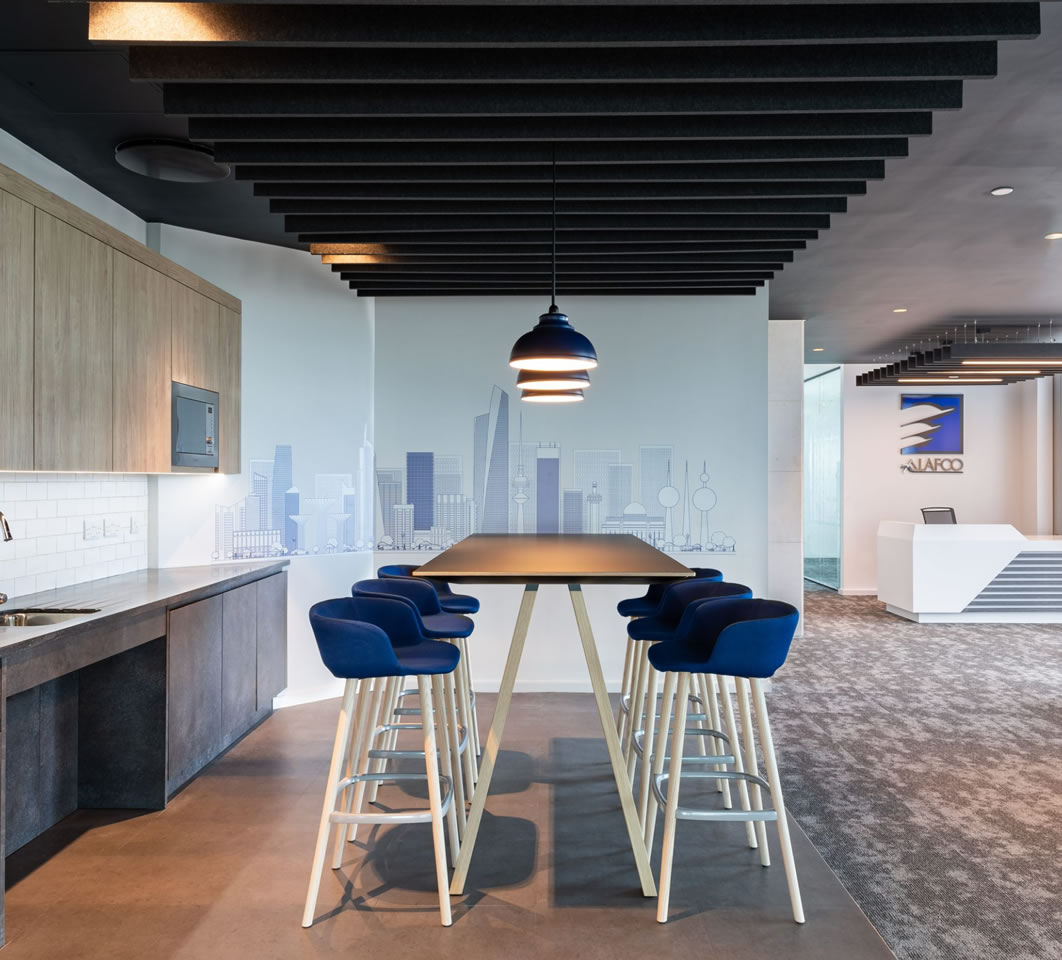This ceiling design trend is on the rise because it gives a chic,Open Ceiling Design Challenges and their Solutions Articles modern look and also increases the height of any space to make it feel more open. However, if they are not planned properly, they can introduce a host of problems such as shoddy acoustics, messy looks as well as increased cost if the overhead mechanical, electrical, and plumbing features aren’t handled properly. So, if you are planning to go for this cool and trendy ceiling trend, you will need to make sure it is well planned in advance to avoid any problems and regrets later.
In today’s article, we will explore the factors that need to be considered when designing an open ceiling in any interior space.
1. Acoustical Considerations
Addressing acoustical issues should be one of the primary concerns when planning for an open ceiling. If these issues are not strategically tackled, your office could become very noisy leading to a distracting work environment which in turn is likely to result in reduced productivity and efficiency.
Thankfully, there are solutions available to tackle this problem. Following are some of the most common ways to address acoustical issues.
A) — Acoustical Ceiling Tile (ACT) provides a Noise Reduction Coefficient (NRC), which is the amount of sound energy absorbed by the ceiling. It acts as a barrier between the loud mechanical units in the ceiling and the people below and it reduces noise and echoing by blocking the sound created by employees from travelling to the deck above and bouncing back.
In the absence of dropped ACT ceiling, noise from mechanical equipment overhead and the noise created within the space will echo as it bounces off rigid ductwork and the concrete deck above. It then becomes very important to add products with sound-absorbing qualities in other locations to reduce the excess sound that ACT would have quieted. Soft materials like carpet, acoustical wall panels, and fabric panelled systems furniture (cubicles) will increase sound absorption in the space.
B) — Sound masking systems, also known as white noise systems, while costly, can be well worth the investment, especially in places like call centres. These systems jumble sound as it travels, which increases speech privacy so that staff in open office settings aren’t distracted by their coworkers’ conversations in neighbouring workstations.
C) — Another alternative is the use of spray-on applied acoustical applications. Plaster based products can be directly sprayed or troweled onto the underside of the deck above. Use of these products must be determined early in the design stage as they are messy and require access to the deck. If spray-on acoustical applications are not applied right after demolition, then you will need to arrange for lifts and ladders in order to access the deck while protecting everything below during application. This will increase the cost significantly and slow down construction.
2. Planning and Painting
After the entire team that is involved in planning and execution agrees on what the end result should look like to Réduire la reverberation ensure a clean and smooth look, you need to select a proper paint. In general, exposed ceilings are painted in a dark colour that doesn’t show dust in the exposed ceiling. All the cables and pipes need to be painted, except for ones that cannot be painted because of code requirements or because doing so would void the warranty. Thread supports for mechanical units need to be cut at a uniform elevation after installation, and duct-work may need to be insulated or wrapped if ugly flex ducting is prevalent. All structured cabling and free cables should have crisp, sharp turns, and be neatly bundled.
3. HVAC Issues
Open ceilings will increase the amount of space the HVAC unit will need to heat and cool. It is crucial to plan about HVACs very early on during design phase, otherwise, it might leave you looking at hefty design costs as well as costs to upsize mechanical equipment or add additional units in order to heat or cool the larger space. This can be extremely expensive. Being aware of these costs upfront can help you make informed, budget-driven design decisions.
Exposed ceilings aren’t suitable for all types of businesses, nor will they work in all spaces. Of course, there is no doubt that an open ceiling can be hip, cool, and sometimes, economical. But before you decide to remodel or move into a new space with dreams of opening up the ceiling, you’ll need to keep all of the above things in mind so it could indeed turn out to be a cool design element of your interior space.
